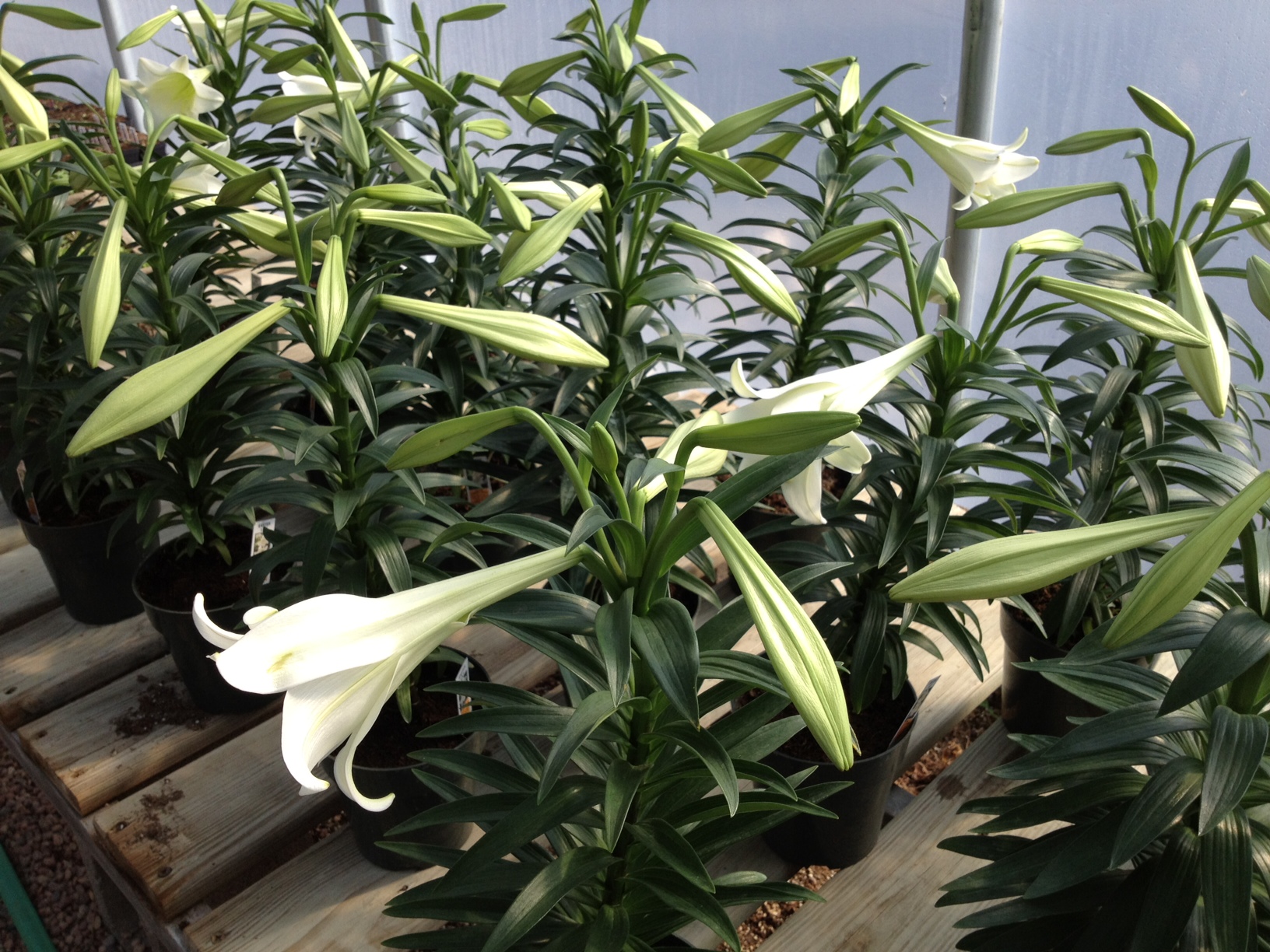The Passion Flower (Passiflora incarnata)
This vining plant has long green leaves and bright red petals. Each part of this plant can be interpreted as symbols connected with Easter. First, the stigma (part of the pistil where pollen germinates) in the center of the flower is made up of three parts that represent the nails used during the crucifixion of Jesus. Second, ten of the disciples (Peter and Judas are excluded) are represented by the ten large scarlet petals. Third, the five stamens of the flower stand for the five wounds suffered by Jesus on the cross. Fourth, the corona (threadlike outgrowths from the flower tube) represents the crown of thorns.
The Resurrection Plant (Selaginella lepidophylla)
The Resurrection Plant belongs to a group of plants known as lycopods. This primitive species can be placed on the plant hierarchy between mosses and ferns. Botanically, they reproduce by single-celled spores, and lack flowers, fruits and seeds. Even their “leaves” are not really leaves, but instead leaf-like extensions of the stem. What lycopods consist of then are roots, stems with scales, and club-like strobili that produce spores. What distinguishes the Resurrection Plant from most other lycopods is where it lives and how it copes with its environment. It can be found from Texas to Arizona and south to El Salvador. Growing from rock outcroppings or in dry soil, its close neighbors would be mostly cacti and other arid plant species. Under these conditions, most other lycopods would perish, but the Resurrection Plant thrives and is an excellent example of perseverance. When the soil is moist after infrequent rains, this lycopod absorbs water and grows rapidly, producing a flat rosette of scaly stems up to one foot across. As the soil dries, it cannot store water like its succulent neighbors, so it folds up its stems into a tight ball as it desiccates and goes into a state of dormancy. The folded plant has a limited surface area, and what little internal moisture is present is conserved. All metabolic functions are reduced to a bare minimum and it appears to be dead. The plant can remain in this dormant condition for years. When the rains return, the plant’s cells rehydrate.
Easter Lily (Lilium longiflorum)
This lily, also known as the Trumpet Lily, is a Japanese flower that came to the United States through Bermuda. The lily wasn’t originally a springtime blooming plant, but horticultural science was able to modify it’s natural blooming sequence to coincide with Easter. The symbolism with this spring holiday is the bulb from which the lily grows which can represent life (beautiful white flowers) after death (dormant state of the plant). The other representation is the likeness of the large white flowers in the shape of Gabriel the Angel’s, trumpet. The most recognizable of the traditional Easter plants, your lily can be planted in your Zone 5 garden and will bloom the following summer (after a period of winter dormancy). The following steps will help ensure the enjoyment of your lily for years to come:
👉Place the Easter lily in a sunny window until all threat of frost has passed, at which time the bulb can be safely planted outdoors. Trim out only the withered tops down to the next green leaf. Never remove the top growth before it wilts. The remaining green leaves will continue to photosynthesize storing energy in the bulb. Keep the potting soil slightly moist during this time.
👉After the frost-free date, prepare the soil in a sunny, well draining garden spot. Spade the soil to a depth of at least 8 inches, and then dig in 2 to 3 inches of compost or manure. Dig the planting hole at least three times as wide as the width of the bulb. If you are planting more than one bulb, allow 4 to 6 inches between each bulb.
👉Remove the Easter lily bulb from the container. Using your fingers, gently loosen compacted roots. Plant the bulb in the soil with the bottom of the bulb about 6 inches from the top of the soil. Water thoroughly to wet the soil around the bulb.
👉Feed the plant a balanced, general purpose garden fertilizer according to specifications provided on the label. Sprinkle the fertilizer on the soil around the plant, and then water deeply.
👉Cover the planting area with 2 to 4 inches of mulch, such as straw, chopped leaves or a commercial mulch mix during the winter months. Remove the mulch before growth emerges in early spring.

